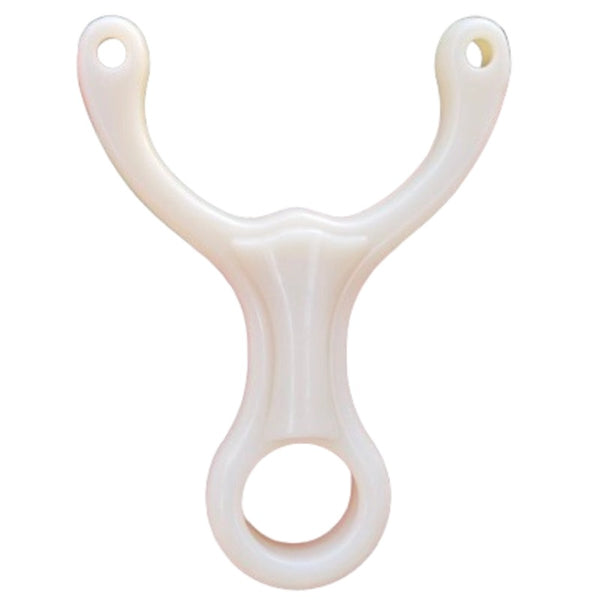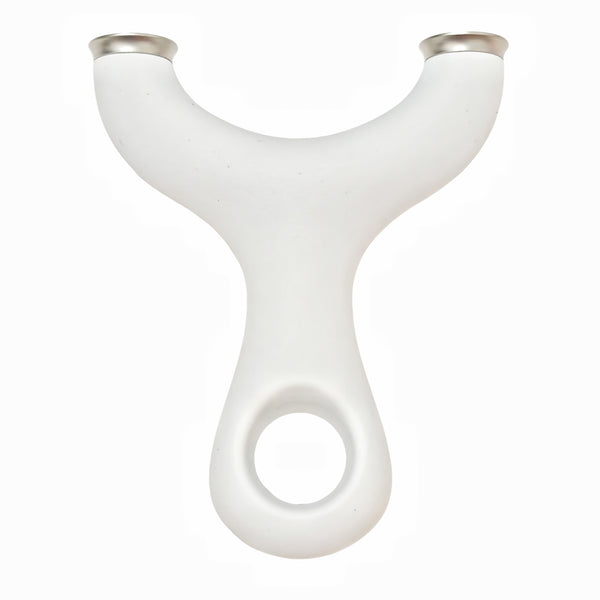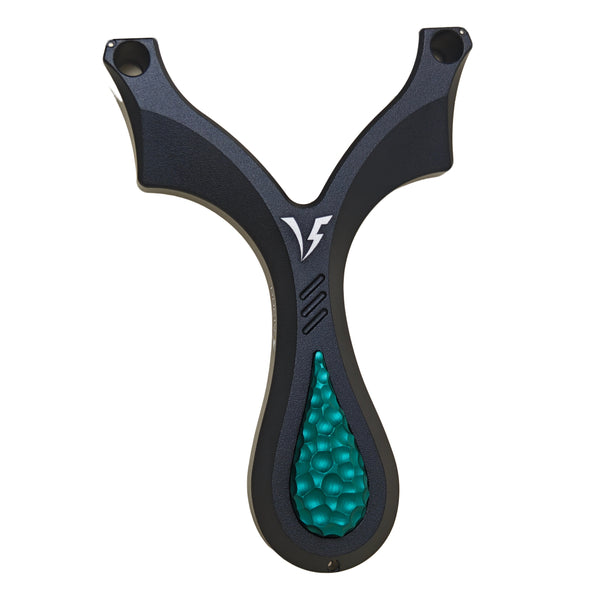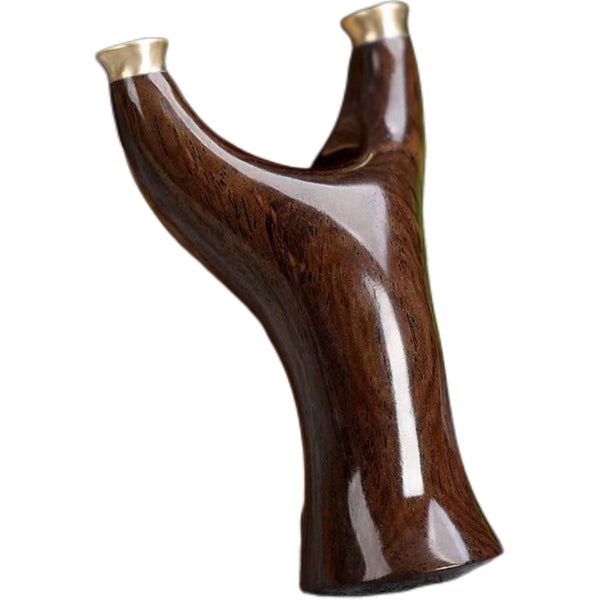Choosing the right slingshot rubber bands is key for shooters of all levels. Slingshots use either flat bands (flat latex strips) or tube bands (round rubber tubing). Each style has unique traits for speed, durability, and handling. In this guide, we compare flat band slingshots and tube band slingshots side by side. Whether you’re new to slingshots, hunting slingshot enthusiast, or looking for a high-speed slingshot setup, this comparison will help you pick the right bands. 🎯
Speed & Power ⚡
Flat bands generally fire faster. They stretch and snap back quickly, sending ammo at higher velocity. In practice, a flat band slingshot with modern latex will feel snappier, giving a more powerful shot for a given pull. Tube bands have more rubber mass, so they accelerate slower. As one source notes, “flat bands excel in terms of speed due to their high retraction rate,” while tube bands trade a bit of speed for other benefits. In short, if maximum speed is your goal (for target shooting or competition), flat bands are often preferred.
Durability & Lifespan
Tube bands tend to be tougher and longer-lasting. Tubular rubber is thicker and has less exposed surface area, so it resists wear, sun, and ozone better. In fact, tubes “take a beating” that would easily puncture a flat band, thanks to their thicker walls. Flat bands can wear out faster if misused, especially at sharp edges or by rough ammo. Proper care (keeping bands clean and out of sunlight) can extend life for both. In general, a hunting slingshot that needs durable bands might lean toward tube bands, while still remembering that all latex bands eventually stretch out and should be replaced before they fail.
Installation & Setup 🔧
-
Flat band slingshots often require more work to install. You usually tie or clamp the flat bands onto the fork ends or pouch. This can be tricky if you’ve never done it, and you need to ensure knots and clips are secure.
-
Tube band slingshots typically come pre-looped or use O-rings/pouches for easy fitting. Many tube band kits have ready-made loops that simply slide over or clip on. This makes tube bands slightly easier for beginners to set up quickly.
Overall, tube bands are often considered more user-friendly for initial setup. Flat bands, once installed correctly, can deliver better performance, but take a bit more patience to get right.
More quality slingshots 👉 Link
Tuning & Customization
The good news is that every slingshot can be tuned. The key is matching band length and thickness to your draw length and ammo.
-
Flat bands are extremely tunable. You can cut them to any width or taper, and adjust the length of each arm. This lets you perfectly match the bands to your shooting style and ammo weight. For example, you could cut a thin, short flat band for a lightweight high-speed slingshot setup, or a thicker taper for heavy hunting ammo. Flat bands allow “limitless personalization,” so you can finely tailor power and pul.
-
Tube bands have fewer options. You mainly adjust the total length or use multiple layers. You can shorten a tube or combine two tubes for more power, but you can’t easily change thickness like with a flat strip. Tube band tuning is simpler but less precise.
In either case, tuning is crucial: even the best band type needs the right length and tension to shine. Learning to tune your slingshot bands (flat or tube) will get you the exact performance you want. 🔍
User Experience & Accuracy 🎯
How a band feels can affect your shooting. Flat bands often feel “crisp” and responsive. Shooters report that flat-band slingshots can feel very precise at shorter draw lengths, because the bands snap back so cleanly. However, this can also demand better aim and form. Tube bands feel a bit heavier and smoother. They can be more forgiving for a beginner or casual shooter, since the thicker rubber can steady the draw. Some users find tube bands quieter and steadier, which can help in a hunting slingshot scenario.
Regardless of type, both can be accurate and effective once you practice. The main difference is in the “shooting feel”: flat bands give a more energetic shot, while tubes give a steadier, controlled shot. Which you prefer often comes down to personal style. Experimenting with both will show you which band type feels more comfortable and accurate for you.
More quality bands 👉 Link
Pros and Cons Table
| Band Type | Pros (👍) | Cons (👎) |
|---|---|---|
| Flat Bands | - Very fast, high-speed shots ⚡ - Highly customizable (cut tapers, adjust width) 🔧 - Lightweight and crisp aiming |
- Can wear out faster (less durable) 🛡 - Harder to install (requires tying/clamps) 🔩 - Less forgiving if tuning is off |
| Tube Bands | - More durable, long-lasting rubber 💪 - Easy installation (pre-looped/pouch) 🔄 - Consistent draw and forgiving feel |
- Slower shot speed (heavier rubber) ⚠️ - Limited customization (mostly length) 🗜️ - Bulkier weight on frame |
Each band type has trade-offs. Flat bands are champions of speed and custom fitting, but tubes win on ruggedness and ease of use.
Which Should You Choose?
In conclusion, flat-band slingshots usually deliver faster, sharper shots, ideal for high-speed shooting or competition. Tubular slingshots offer durability and simplicity, making them great for beginners or heavy-duty use (like hunting). Remember that good slingshot performance is mostly about tuning and practice. Many shooters keep both types on hand. Try flat bands if you want maximum speed and precision; try tubes if you want a tough, easy-to-setup slingshot. Either way, keep safety and care in mind, and have fun trying them out! 🎯
































































